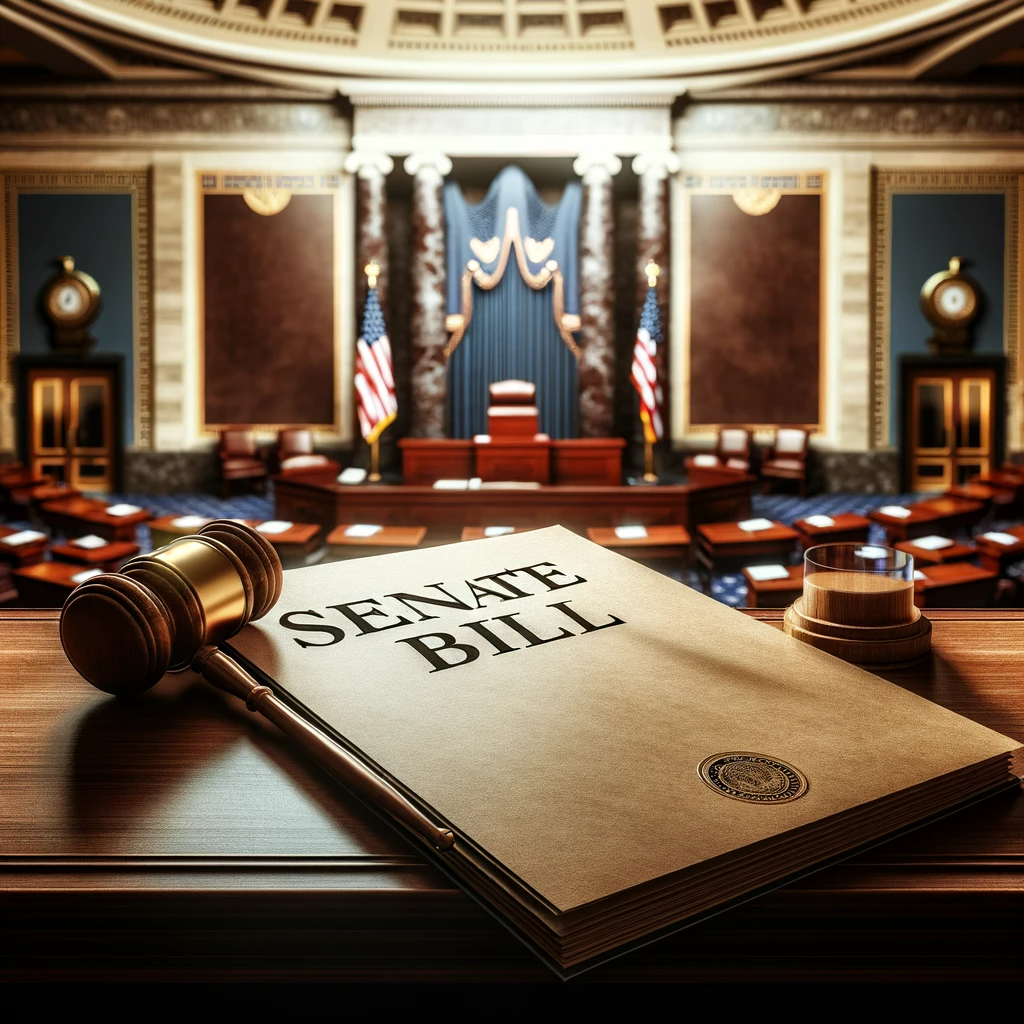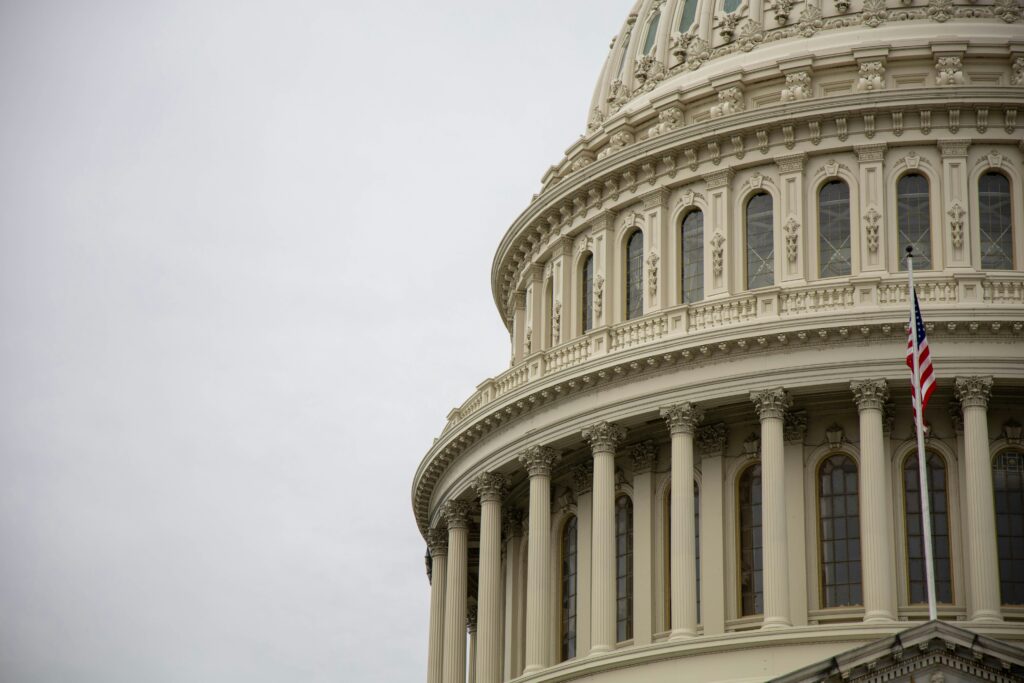The Alaska State Senate is currently considering a significant bill that could revive the public employee pension system, a topic of immense importance to both current and future state employees. This article provides a comprehensive overview of the key aspects of this bill and its potential impact on the Alaska workforce and economy.
1. Background of the Pension System in Alaska
For decades, Alaska’s public employees were beneficiaries of a defined benefit pension system. However, in 2006, the state shifted to a defined contribution plan, akin to 401(k) plans in the private sector. This change was primarily due to rising costs and unfunded liabilities. The proposed bill aims to reintroduce the traditional pension system for public employees, potentially offering more stability in retirement planning. Understanding this historical context is crucial for grasping the significance of the current legislative efforts.
2. The Bill’s Objective
The bill under consideration proposes several critical changes. Firstly, it seeks to reinstate a defined benefit pension plan for all new state employees and teachers. The bill aims to revamp the retirement system for Alaska’s state and local government employees. It proposes a shift from the current 401(k)-style plan to a pension system.
This plan would guarantee a fixed retirement income based on years of service and salary history. Additionally, the bill includes provisions for cost-of-living adjustments and healthcare benefits, key factors for retirees.
3. The Bill’s Sponsor
The primary sponsor of the bill is Sen. Cathy Giessel, R-Anchorage. She has been vocal about the need for this change. The bill is meant to address high vacancies in state jobs and the state’s declining population. Sen. Cathy Giessel highlighted these issues during a news conference.
4. The Risk Factor
Reintroducing a pension system has significant financial implications for Alaska. In the current system, if the stock market crashes, the employee is the one left holding the bag. The proposed pension system shifts the risk from the employee to the state.
The state will need to manage the pension fund effectively to ensure its sustainability. This involves considering investment strategies, contribution rates, and potential risks like market volatility. The fiscal responsibility of managing such a system is a major point of discussion among lawmakers and financial experts.
5. Senate’s Approval
The Alaska Senate approved the legislation to revive a pension program for state employees. This could bring new benefits to as many as 37,000 Alaskans.
Gov. Mike Dunleavy’s stance on the bill is not clear. However, a spokesperson for the governor said last year that “Anything and everything should be explored to have an advantage in recruiting and retaining new employees.”
6. Long-term Economic Effects
The bill’s long-term economic effects are a major consideration. This includes its impact on the state budget, employee savings behavior, and overall economic health in Alaska. A sustainable pension system can contribute positively to the state’s economy but requires careful planning and management.
Alaska’s Decision May Change the Way Other States Look at Pensions
The bill reviving the public employee pension system in Alaska is a complex and multifaceted issue that warrants careful consideration. Its implications span financial, legal, economic, and social dimensions, making it a topic of significant interest for a wide range of stakeholders. As the bill progresses through the Senate, it will be crucial to stay informed and engaged with this important legislative development.









